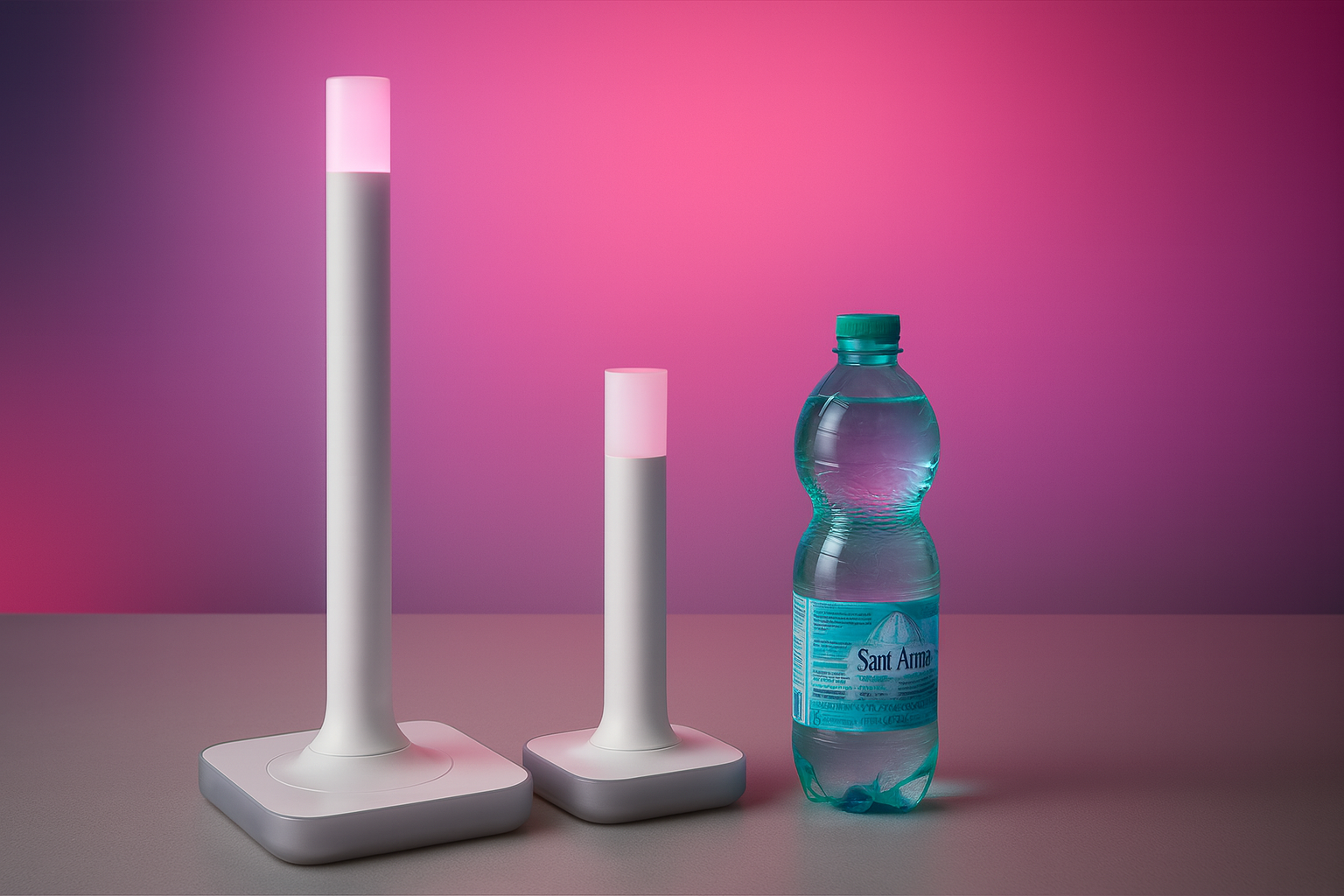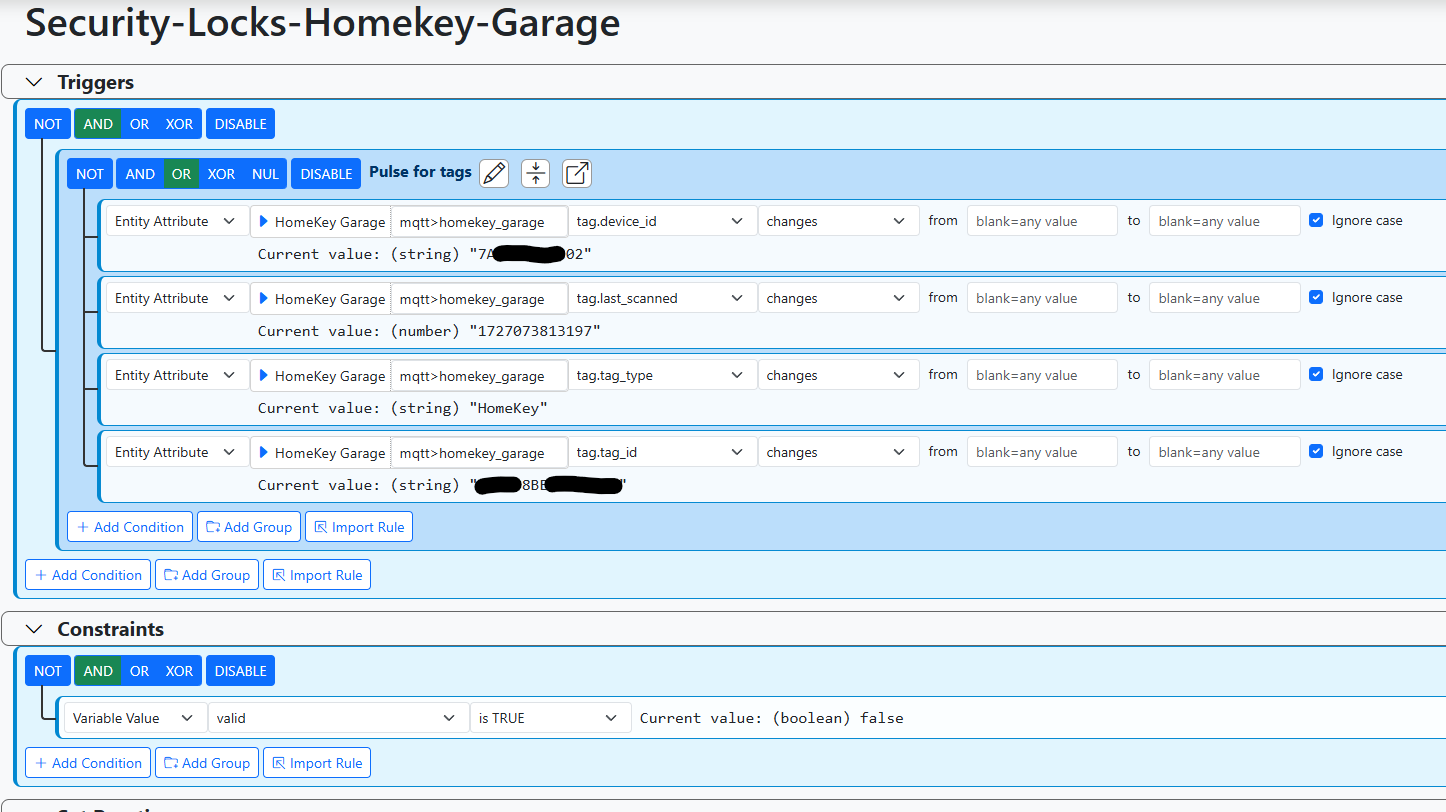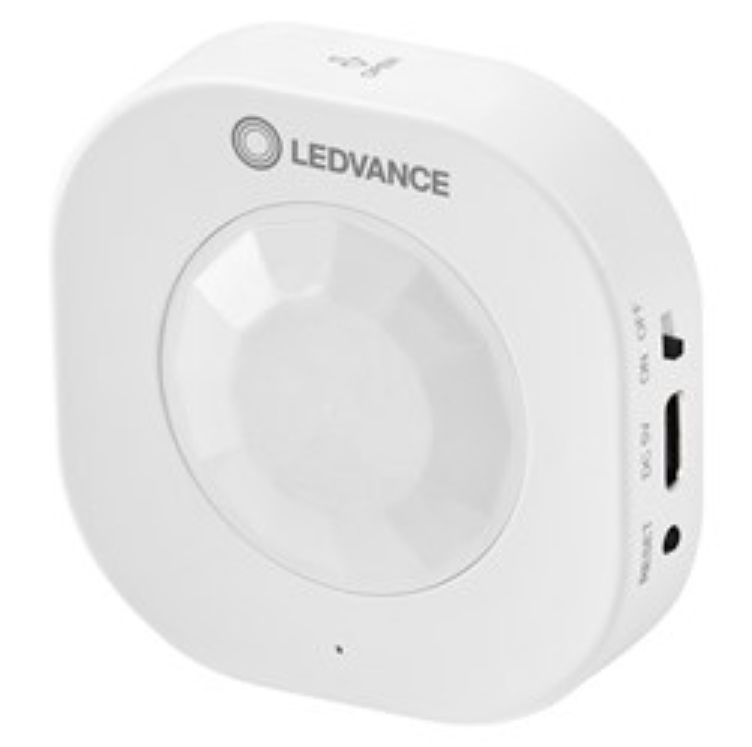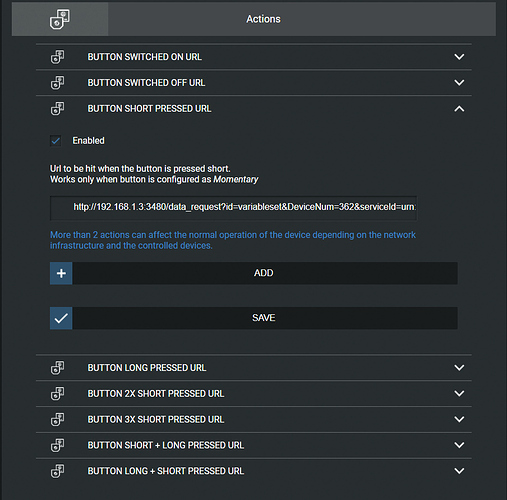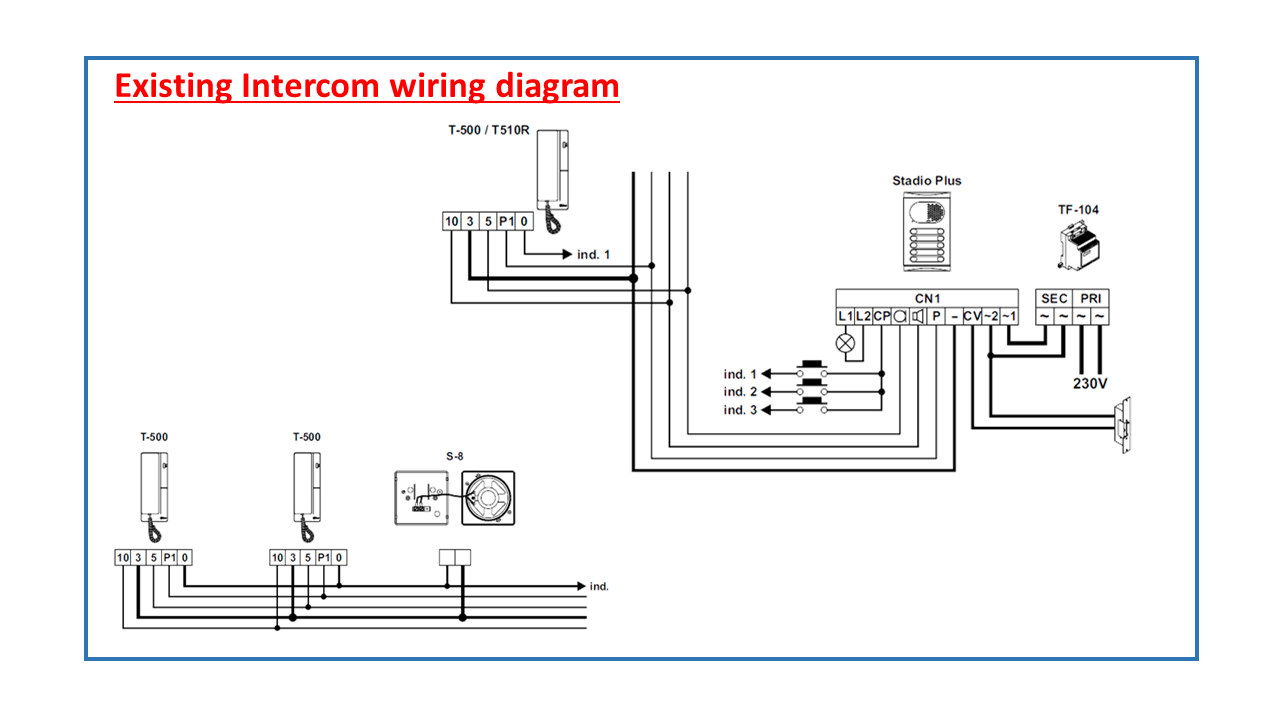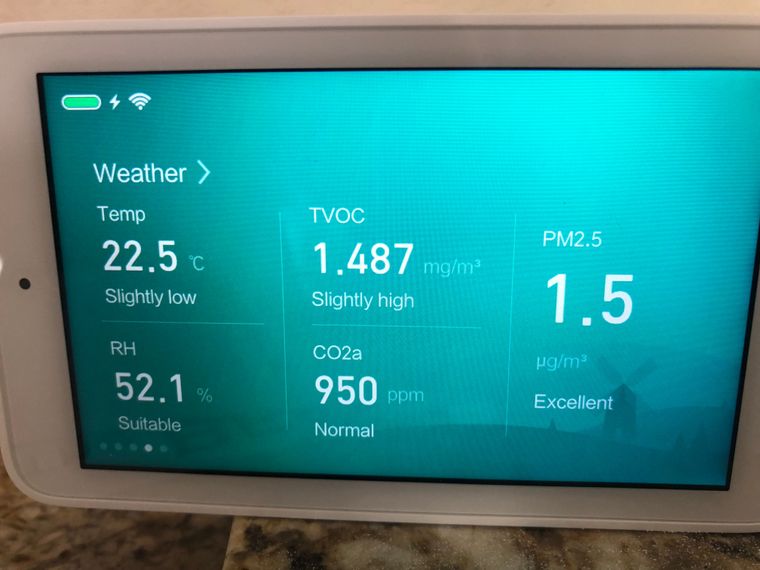Xiaomi Platform Integration
-
Besides having integrated the xiaomi vacuum cleaner robot to my system, I have actually also integrated a large number of air filters to my automation system (homeassistant -> bridged into openLuup) for quite sometime. I have been using them mostly to monitor the air quality in different rooms. All of these devices are wifi but are communicating through a local API. I was looking today at replacing also my foobot which is my very last cloud dependent devices (and a non critical one) and found/ordered this:
It can very likely be integrated into home-assistant and then openLuup the same way I have with my filters but what I found particularly interesting is its low cost and the fact that it can also serve as a BT gateway! Why is this getting me excited? Because I have long regretted the loss of Plantlink which was a zigbee platform for soil/plant monitoring which unfortunately was cloud dependent and went belly up. I have since been automating my garden watering based on predictive algorithm only, without sensors. (yes still with openLuup). I am now looking forward to see how this will workout as my better half is very invested in gardening these days...
-
I have opensprinkler and I’m integrating it via mqtt. 90% is automatic, the 10% is attached to my rain sensor. It’s mostly setup-and-forget.
I’m mainly looking at temperatures to enable/disable programs. It has the ability to have virtual stations out of the box, so remote zones are pretty easy to do.
-
This is what I am really looking to integrate. Plantlink was a very similar device but these are BLE:
Many people have already integrated this through HA. I already have zone control of my watering, all done very simply and cheaply with low voltage zwave relays. I am just looking for a per plant sensing...
-
This is what I am really looking to integrate. Plantlink was a very similar device but these are BLE:
Many people have already integrated this through HA. I already have zone control of my watering, all done very simply and cheaply with low voltage zwave relays. I am just looking for a per plant sensing...
-
This is what I am really looking to integrate. Plantlink was a very similar device but these are BLE:
Many people have already integrated this through HA. I already have zone control of my watering, all done very simply and cheaply with low voltage zwave relays. I am just looking for a per plant sensing...
-
I'm using this https://github.com/ThomDietrich/miflora-mqtt-daemon
I'm working on letting the Virtual Device Plug-in catch MQTT messages and map to devices. I'm slow at the moment, but it's not that difficult to do (I've already done it for switches and dimmers).
-
This is what I am really looking to integrate. Plantlink was a very similar device but these are BLE:
Many people have already integrated this through HA. I already have zone control of my watering, all done very simply and cheaply with low voltage zwave relays. I am just looking for a per plant sensing...
-
wow. ok you guys convinced me to get some. Thanks!
The work on connecting them over short range and integrating them was what I was most concerned about. I think I can address the short range connection with the device in my first post as a bridge... now the MQTT part...
-
@rafale77 I have them in my greenhouse connected to a Sonoff Dual R3 running Tasmota and pushing values via MQTT to openLuup and HomeKit.
@crille said in Xiaomi Platform Integration:
@rafale77 I have them in my greenhouse connected to a Sonoff Dual R3 running Tasmota and pushing values via MQTT to openLuup and HomeKit.
Yes the MiFlora should be supported by Tasmota.
I use three small Xiaomi temperature and humidity sensors (LYWSD03MMC) over BLE to an ESP32 with Tasmota and it works very well, so I would assume that the MiFlora also should work.
Tasmota support for the ESP32 is beta, but so far it has been quite ok. There is a new update that I have not yet tried.My Temp/humidity sensors are some 7-8 meters away from the ESP with some drywalls in between and it works.
-
wow. ok you guys convinced me to get some. Thanks!
The work on connecting them over short range and integrating them was what I was most concerned about. I think I can address the short range connection with the device in my first post as a bridge... now the MQTT part...
-
@crille said in Xiaomi Platform Integration:
@rafale77 I have them in my greenhouse connected to a Sonoff Dual R3 running Tasmota and pushing values via MQTT to openLuup and HomeKit.
Yes the MiFlora should be supported by Tasmota.
I use three small Xiaomi temperature and humidity sensors (LYWSD03MMC) over BLE to an ESP32 with Tasmota and it works very well, so I would assume that the MiFlora also should work.
Tasmota support for the ESP32 is beta, but so far it has been quite ok. There is a new update that I have not yet tried.My Temp/humidity sensors are some 7-8 meters away from the ESP with some drywalls in between and it works.
-
The more I look at it, the worried I am about the range. My interior plants are spread all over the place so I can see only being able to use 2-3 sensors per bridge. That would mean a lot of bluetooth bridges so I will only start with one to see how it goes. The outdoor ones are of much more interest to me but I don't see a way to leave a BT bridge outdoors. Why the heck did they use BLE for this???
-
The more I look at it, the worried I am about the range. My interior plants are spread all over the place so I can see only being able to use 2-3 sensors per bridge. That would mean a lot of bluetooth bridges so I will only start with one to see how it goes. The outdoor ones are of much more interest to me but I don't see a way to leave a BT bridge outdoors. Why the heck did they use BLE for this???
I think they use btle for battery. Mine are about 12 months before a battery swap.
Range is ok for me. One central location for my bt box (the same running everything else) and at least 10mt indoor are ok. My house is mostly open space, so maybe that’s a factor. I’ve not put anything outside, but a water proof box will be enough. I have several nodemcu and Zwave devices inside outdoor plastic box and they’re ok, mostly surpassing the 4 year mark.
-
This is what I am really looking to integrate. Plantlink was a very similar device but these are BLE:
Many people have already integrated this through HA. I already have zone control of my watering, all done very simply and cheaply with low voltage zwave relays. I am just looking for a per plant sensing...
-
Besides having integrated the xiaomi vacuum cleaner robot to my system, I have actually also integrated a large number of air filters to my automation system (homeassistant -> bridged into openLuup) for quite sometime. I have been using them mostly to monitor the air quality in different rooms. All of these devices are wifi but are communicating through a local API. I was looking today at replacing also my foobot which is my very last cloud dependent devices (and a non critical one) and found/ordered this:
It can very likely be integrated into home-assistant and then openLuup the same way I have with my filters but what I found particularly interesting is its low cost and the fact that it can also serve as a BT gateway! Why is this getting me excited? Because I have long regretted the loss of Plantlink which was a zigbee platform for soil/plant monitoring which unfortunately was cloud dependent and went belly up. I have since been automating my garden watering based on predictive algorithm only, without sensors. (yes still with openLuup). I am now looking forward to see how this will workout as my better half is very invested in gardening these days...
-
@sender it should be easy, since it’s a supported platform. https://www.home-assistant.io/integrations/miflora/
-
I think @sender was talking about the air quality sensor in the first post.
-
Quick update on this, I received that little sensor device and was surprised that it supports english. (Chinese would not have bothered all that much but english is definitely better). Unfortunately my US based Xiaomi mobile app does not recognize it and am therefore unable to integrate it at the moment since I can't access the local API without the API key provided when I add it to my account... Not the first time this happens so I will have to wait... The sensor itself seems to work really well. Perfect temperature, humidity, carbon dioxide, PM2.5 and VOC sensor.

